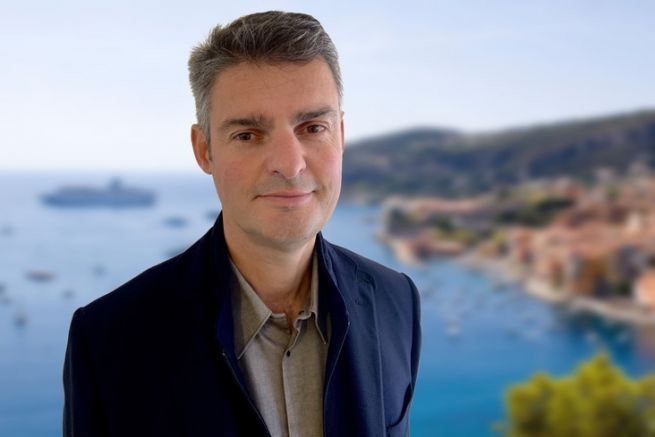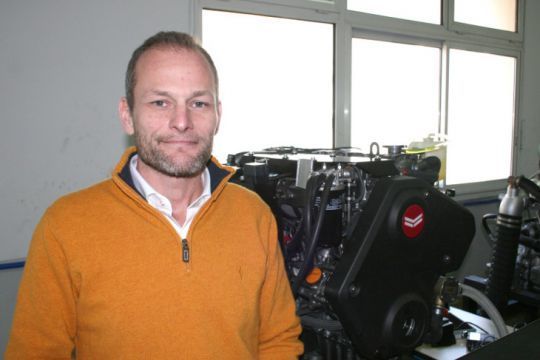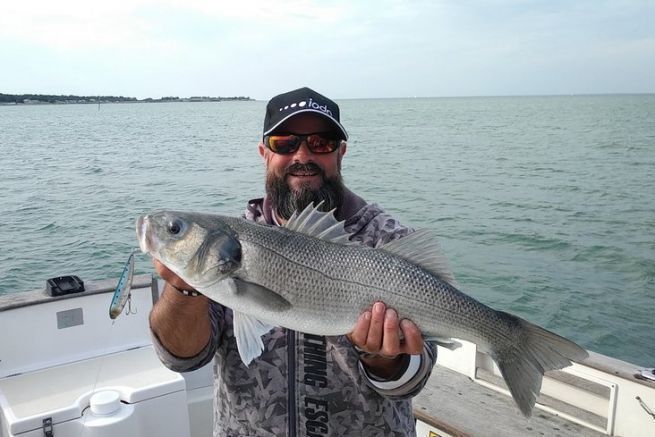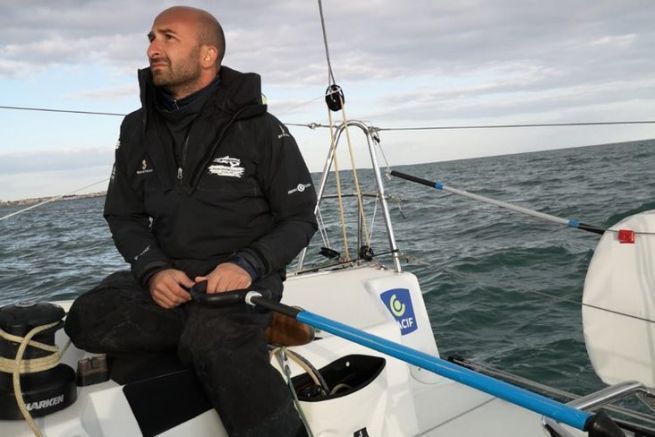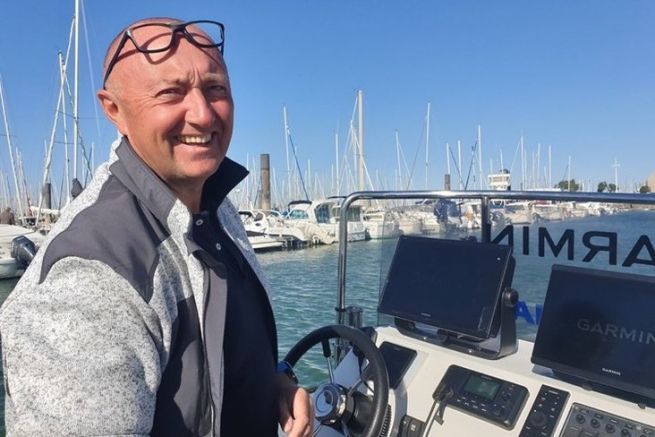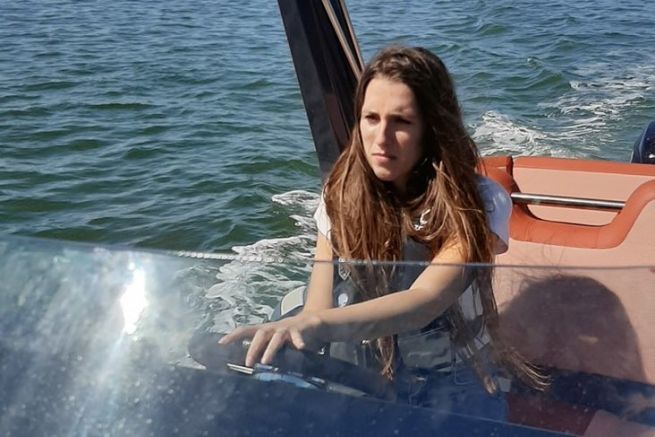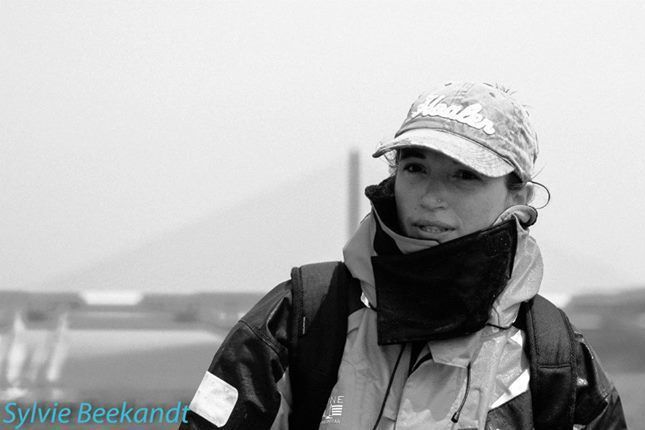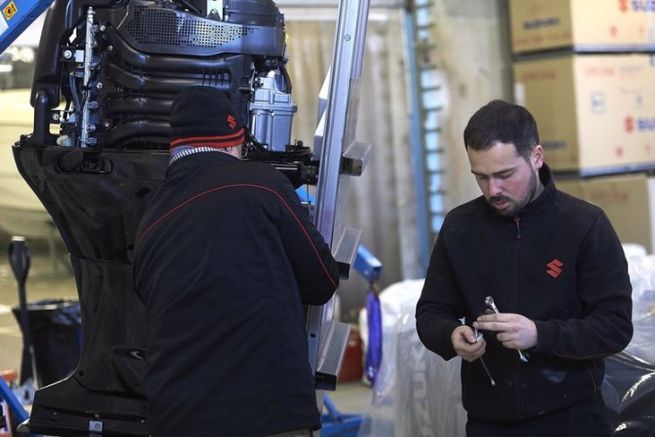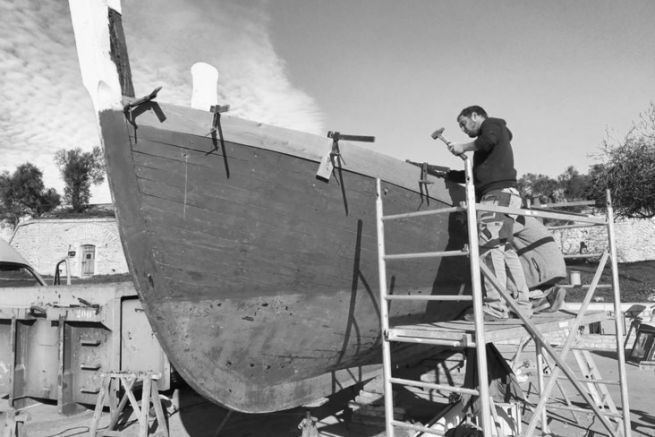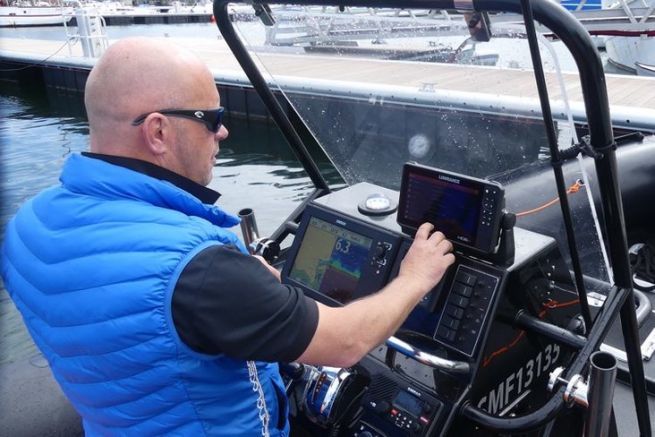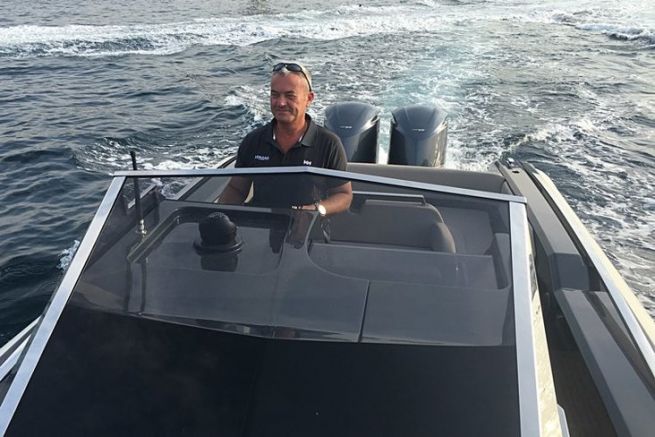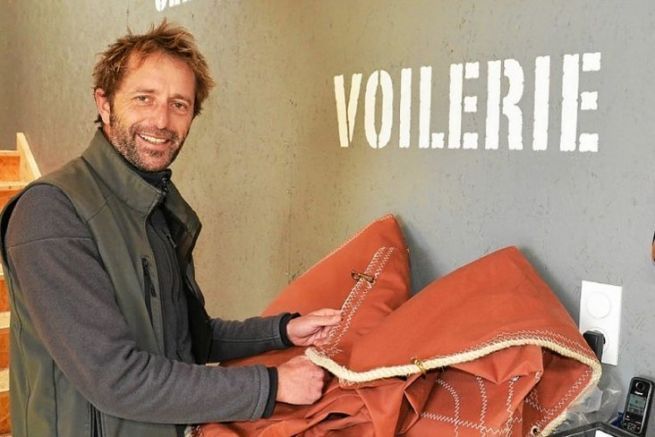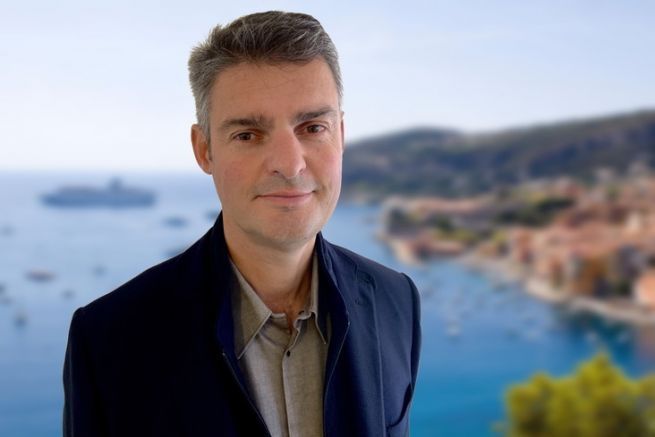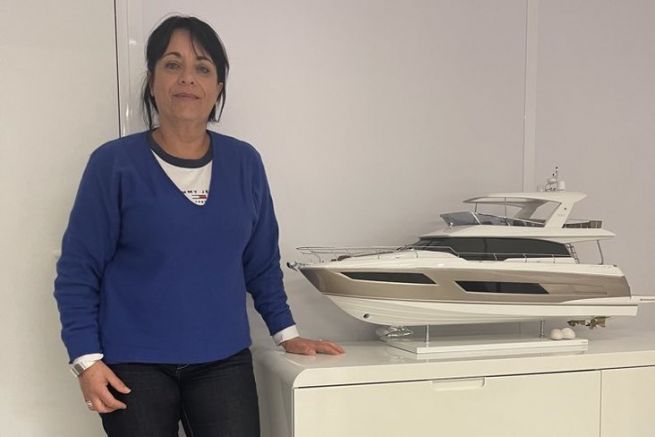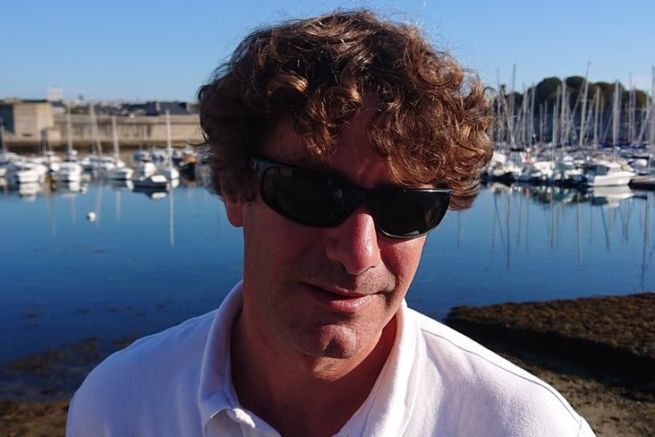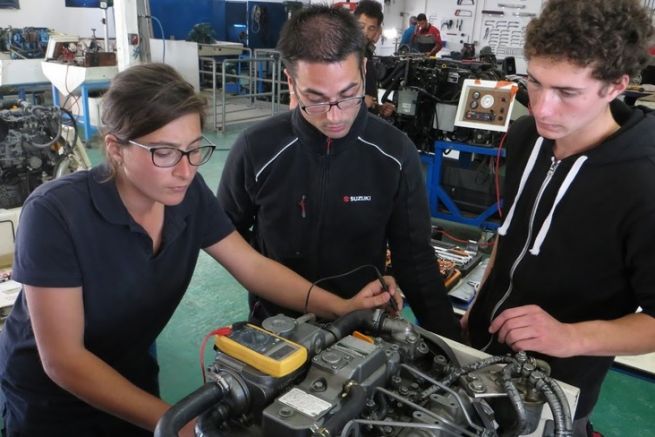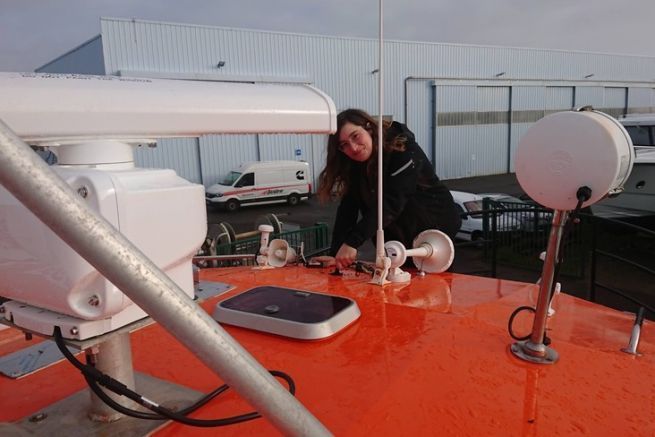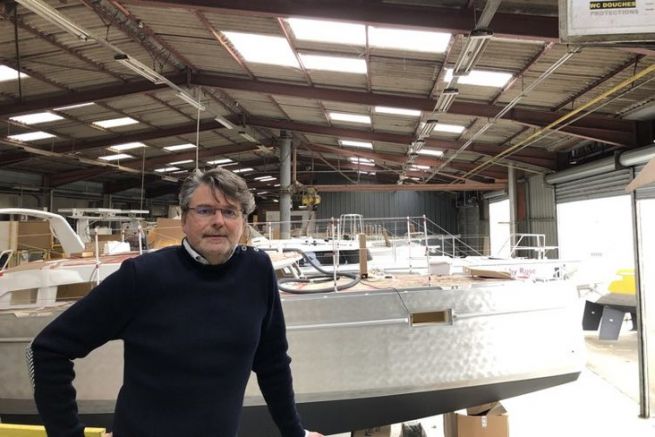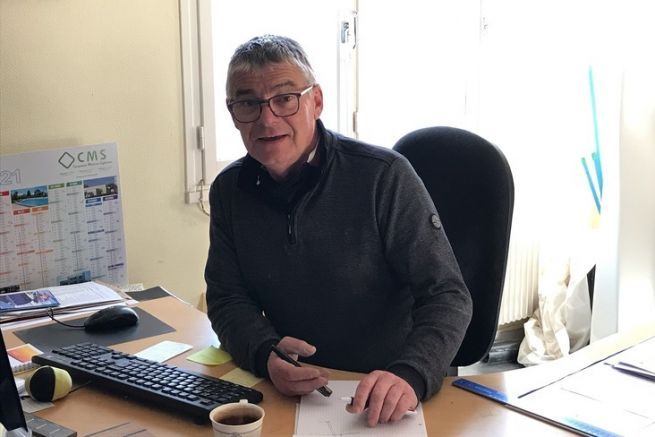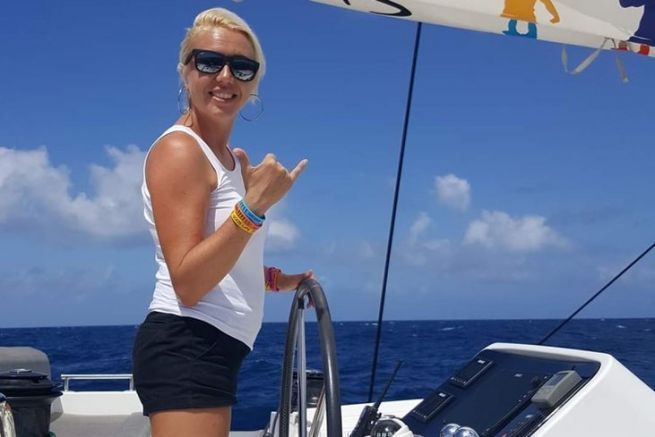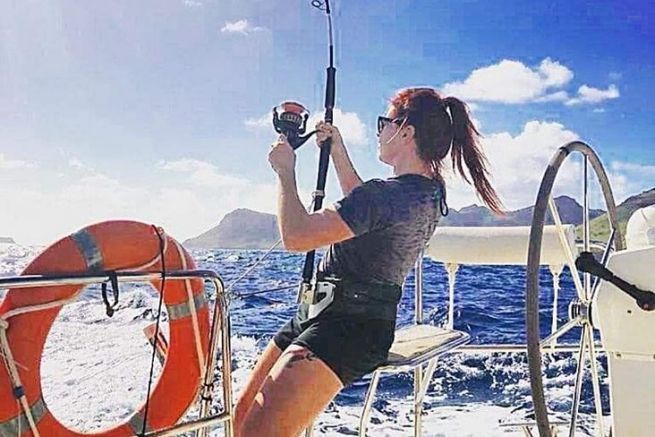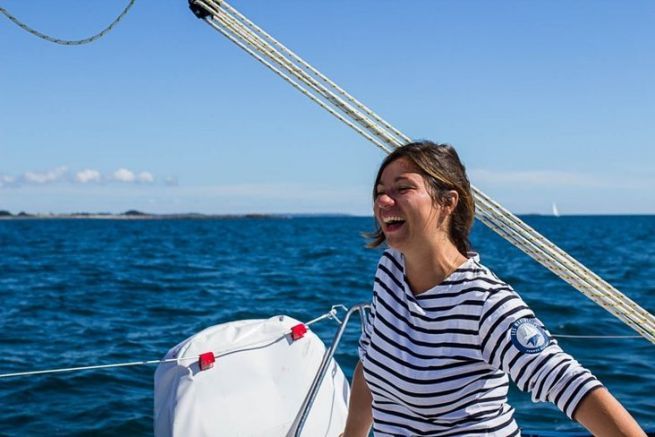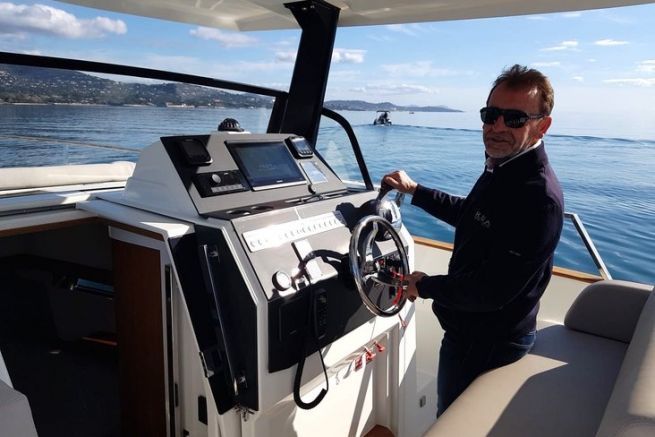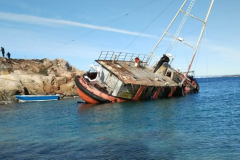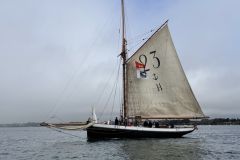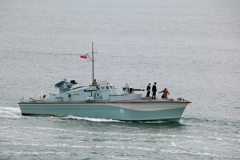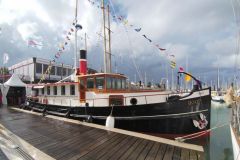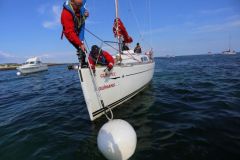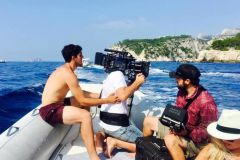André Gaillard led his boat, and he led it skillfully. A maritime pilot in the port of Marseille (France), he has spent his entire career on the water, at the helm of SNCM ferries, Paquet cruise ships and towboats.
24-hour availability
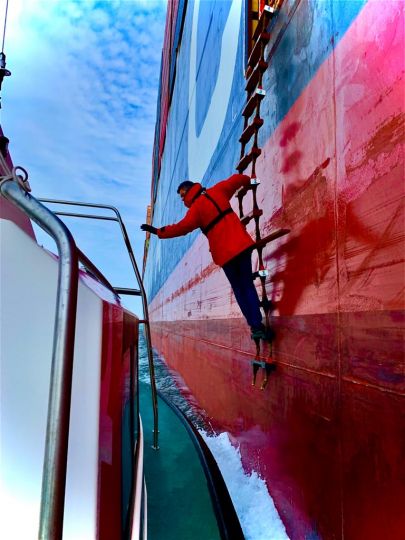
He's introducing us to his job. " I've been a pilot for 20 years now. We are 330 pilots all over France. We have to work 24 hours a day, 365 or 365 days a year. We carry out an average of 100,000 operations per year on ships over 50 metres in length throughout France. "
When a boat calls - by prefectoral obligation or by decision of the captain - for the services of a pilot station, moving the boat is only the conclusion of the work. The pilot will first have studied the weather, the specificities of the vessel to be moved (draught, air draught, damage...), the expectations on this vessel once alongside (reservation of dockers for example), parallel flows (logical organisation of vessel parking) and above all, safety.
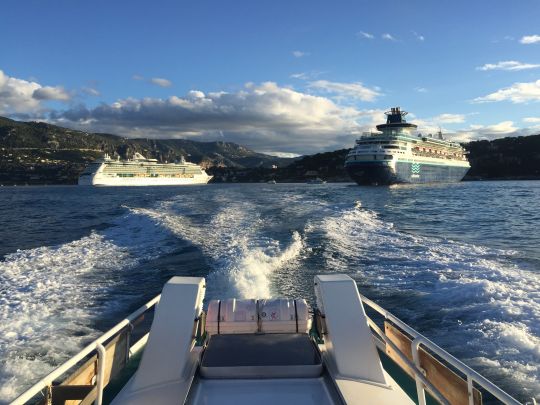
This phase of risk analysis, explains André, is new.
" The business has evolved considerably, we have gone from a job that above all required a good look and composure to a risk analysis and flow management function before moving client boats. "
Organization of the gateway
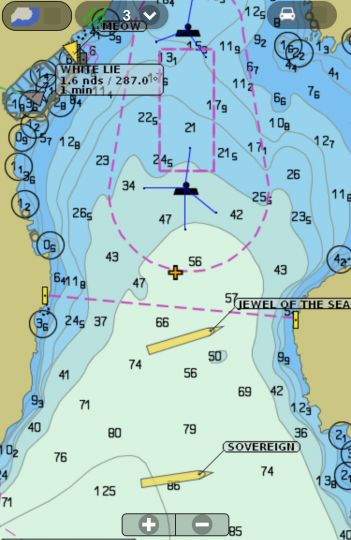
Once on board, the pilot does not have the absolute authority that one imagines. The working methods were largely inspired by the aeronautical model. The pilot becomes a casting director:
" When I'm on board, everyone on the bridge has a task. For example, one official will be responsible for announcing changes to the airspeed indicator. We use closed-loop communication. Anyone who has an announcement to make will make it and repeat it as long as an interested authority, the pilot or captain, has not acknowledged it, for example by repeating the instruction. "
Another loan from the world of aviation, the "think aloud": " I announce my intentions to do this or that. For example, I am going to say "I am passing within 20 metres of the port bank" so that anyone on board will see that I am within 20 metres or more so that they can tell me ", he explains.
Become a pilot
To become a marine pilot, no training as such, but experience above all.
" To be under 35 years old, age limit to apply. Have the highest level command certificate that exists. Following this, you must have sailed, at actual command, for at least 72 months. Then comes the competition to pass. Each pilot station opens one that will have to be prepared (count a year of preparatory work) differently depending on whether you are in Marseille or Le Havre. It is the extensive knowledge of the local environment that will give the pilot competence. Once the position is obtained, it takes about ten years of practice to become a self-sufficient pilot. In any case, it will never be before 600 manoeuvres in pairs that a pilot will be released, initially on small ships. "
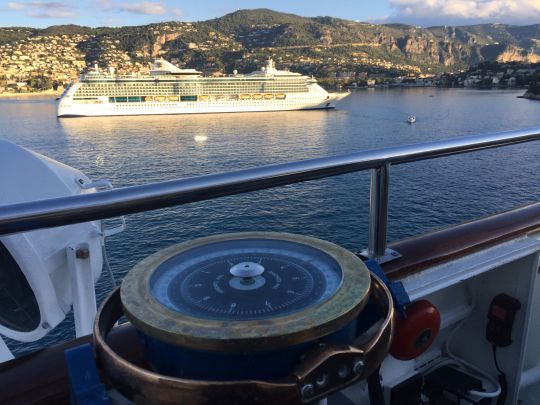
Ongoing training
Once in office, training activities continue. " We follow knowledge maintenance modules (reminder of rules, maritime law...) or local novelties (new port infrastructure for example). Regular training on a manoeuvring simulator as well. "
As a conductor, the pilot must be able to communicate easily. " The level of English must be fluent and we maintain it at all times. We are regularly trained in BRM - Bridge Resource Management. This is the method of operation from an aircraft cockpit to a boat bridge, role assignment, communication.. "
And that's not all, patents and basic knowledge remain to be maintained. " We validate the master's certificate, every 5 years, at the same time as a fire training course and a sea survival course. "
Variable salaries according to activity
On the pay side, things are complicated. Pilots of a station are stakeholders in the station, which they own and manage. It is autonomous, paid on a fee-for-service basis and pays for its boats, fuel, the salaries of its employees... Once all these company charges have been deducted, the pilots are paid. " The salary is roughly equivalent to that of a captain, ranging from 4,000 to 10,000 euros per month. It is subject to variations. With the pandemic of 2020, pilotage activity in Marseille has plummeted and the pilotage company's income has melted like snow in the sun. "
Are you thinking of becoming a pilot?
" First of all, it is necessary to inquire about the ENSM's training course "explains André Gaillard. " As soon as you start training, meet the pilots in your region to confirm your hopes and dreams in this profession. Two-thirds of the pilots currently on duty will be retiring within the next 10 to 15 years, full employment is just around the corner! "
Public service actors
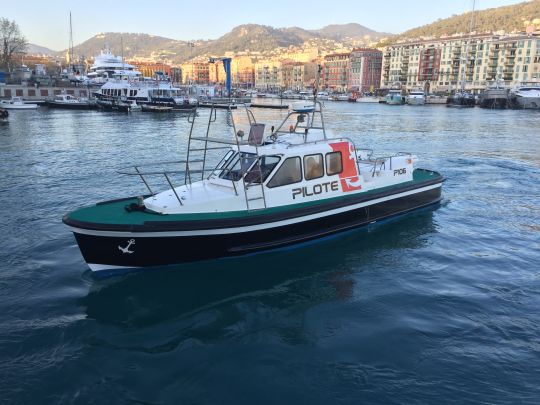
Pilots have a real interest in the proper functioning of their port berth. As actors of the traffic at sea, they act on the activity of their port of assignment, in compliance with the rules of competition, maritime and local law. As multi-skilled pilots, they carry out a public service action for the benefit of all the professional players at sea.

 /
/ 